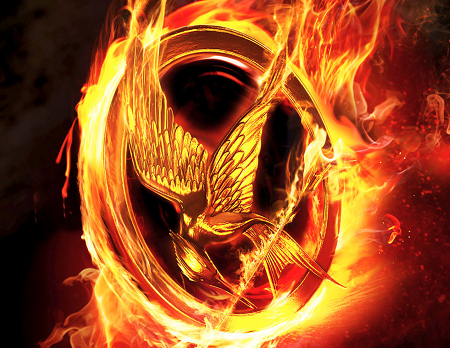
‘The Hateful Eight’ brings back classic film style
By Jerrison Oracion, Senior Columnist
Today most movies are shown in digital projection. Although some movies are recorded on film, they are still shown in digital. There is a debate as to which format is better, with some people arguing that film has a better resolution of picture quality and is a form of art. Quentin Tarantino’s latest movie, The Hateful Eight, proves that point.
The Hateful Eight opened in limited release on December 25 in a special 70mm roadshow version, with the digital version released six days later. Since Tarantino likes film because it shows the illusion of motion, the 70mm roadshow version is shown in film instead of digital projection, which meant some movie theatres had to be retrofitted with 70mm projectors to screen it. Vancouver’s Park Theatre is the only movie theatre in the Lower Mainland to show this version of the movie. The Hateful Eight was filmed in Ultra Panavision, which is the same camera system that was used to film Ben-Hur. It has one of the widest aspect ratios at 2.76:1. Ultra Panavision produces images that are magnificent and colourful. The images of the movie have a lot of detail, even in close-ups. When I saw some of The Hateful Eight’s scenes in the digital version, some of the details were missing.
For anyone who does not know what a roadshow is, a roadshow version of a movie has an overture, an intermission, and an entr’acte. Some of the movies that were shown in roadshow are Gone with the Wind, Ben-Hur, The Ten Commandments, and West Side Story.
The Hateful Eight opens with Ennio Moricone’s Golden Globe-winning score, which sets the movie’s mood before the lights are dimmed and it begins. There is a 12-minute intermission midway through the movie. It takes place after part one’s last scene, which will blow your mind and be a topic of discussion in the lobby of the movie theatre during the intermission. The entr’acte sets the mood for part two and is quick because it is the same length as the overture. The Hateful Eight’s roadshow version has an additional six minutes of footage that showcases the power of Ultra Panavision. Roadshow attendees receive a program that talks about the movie and includes a mini poster of one of the eight characters. At the time I saw the movie, the theatre had run out of programs.
A movie being shown in 70mm and in roadshow makes it more exciting. You see very beautiful images and you get to discuss the movie during intermission.
The 70mm roadshow version of The Hateful Eight was originally going to be shown for two weeks only, but it has been extended. This will give you more time to see the movie how it should be shown.

